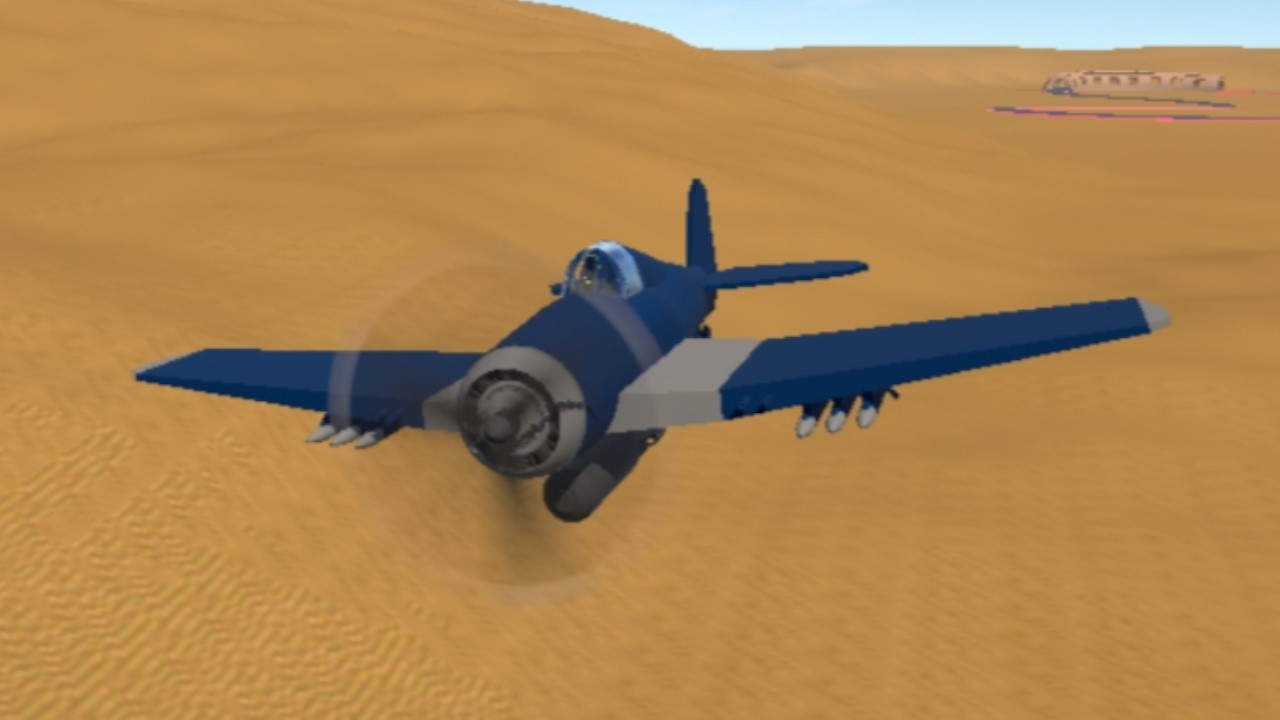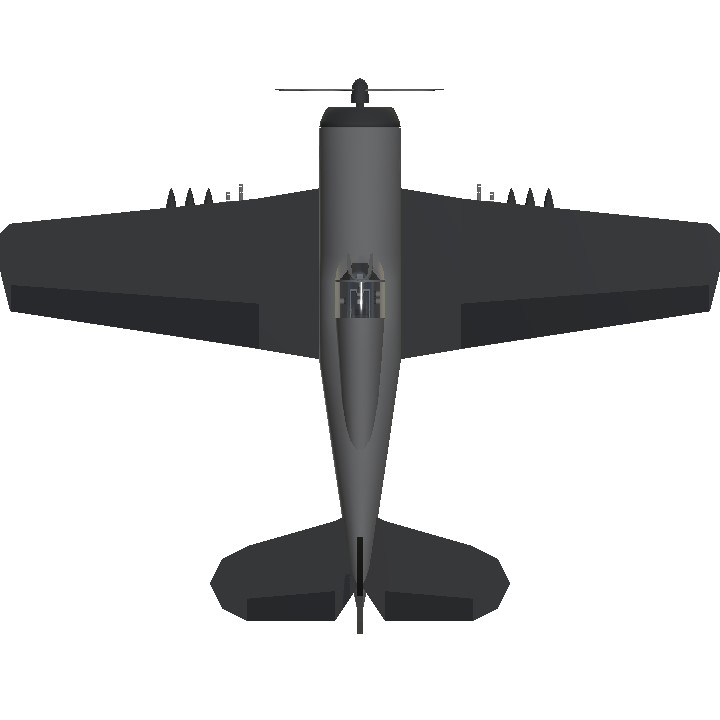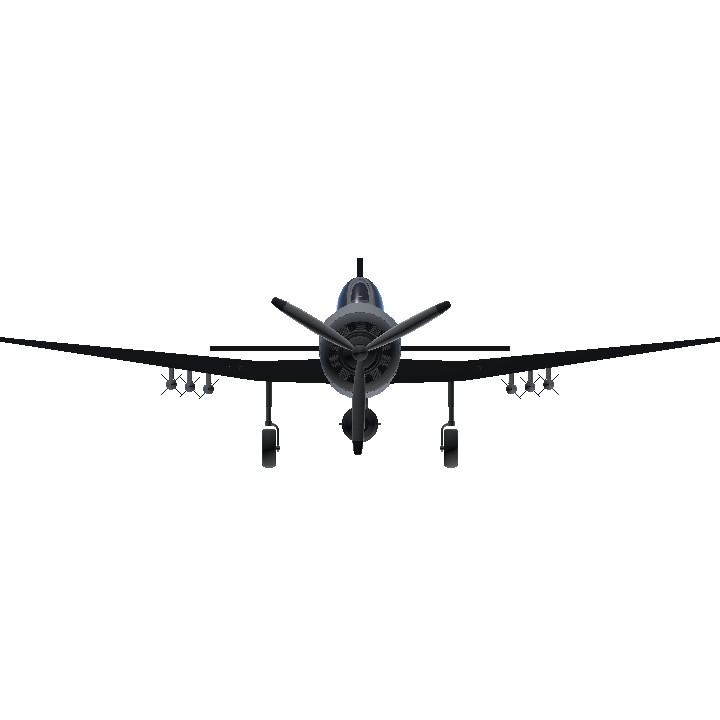F6F Hellcat: The Dominant Fighter of the Pacific Skies
Going back to VR planes.
The F6F Hellcat was a highly successful carrier-based fighter aircraft used by the United States Navy during World War II. Known for its ruggedness, speed, and agility, the Hellcat was a crucial asset during the Pacific Theater, particularly in the Philippines Campaign (1944-1945).
The ace pilot, callsign "Phantom," is a skilled and fearless aviator who distinguished themselves during the campaign, contributing significantly to the U.S. Navy's efforts to neutralize Japanese forces and secure dominance in the Pacific. Phantom's aerial combat skills, honed through numerous engagements, allowed them to outmaneuver and destroy numerous enemy aircraft, leading to a high kill count and establishing their reputation as one of the premier pilots of the conflict.
Key Highlights:
Aircraft: F6F Hellcat
- Engine: Pratt & Whitney R-2800 Double Wasp radial engine
- Maximum Speed: 374 mph (602 km/h)
- Armament: 6 x .50 caliber Browning M2 machine guns, bombs, and rockets
- Role: Carrier-based fighter and ground attack aircraft
Pilot Profile: "Phantom"
- Callsign: Phantom
- Status: Ace Pilot with multiple confirmed kills
- Known for aggressive tactics and calm under pressure
- Famous for successful dogfights and precision strikes against Japanese aircraft during pivotal battles in the Philippines
Philippines Campaign
- Date: October 1944 – February 1945
- Objective: The liberation of the Philippines from Japanese occupation and securing a strategic position to launch further attacks against the Japanese home islands.
- Battles Involved: The Battle of Leyte Gulf, the Battle of Mindoro, and other engagements in the Philippine Sea.
- "Phantom" played a critical role in ensuring air superiority during these key battles, helping to repel Japanese air raids and support ground operations.
Impact and Legacy
- The F6F Hellcat, with pilots like Phantom, achieved a remarkable kill-to-loss ratio, cementing its reputation as one of the most effective carrier fighters of World War II.
- "Phantom" earned accolades for both technical flying skills and leadership, becoming a symbol of American air power during the intense air combat over the Philippines.
- The success of the Hellcat, coupled with the bravery and expertise of pilots like Phantom, contributed significantly to the ultimate success of the U.S. military in the Pacific Theater and the eventual defeat of Japan.
The collaboration between advanced aircraft like the F6F Hellcat and aces like Phantom played a crucial role in securing American victory during the Philippines Campaign and the broader Pacific War.
Specifications
Spotlights
- This craft is curated
- CCCP0000001 2 months ago
- dabestsock 2 months ago
General Characteristics
- Created On Android
- Wingspan 47.2ft (14.4m)
- Length 35.6ft (10.9m)
- Height 13.2ft (4.0m)
- Empty Weight 9,569lbs (4,340kg)
- Loaded Weight 14,195lbs (6,438kg)
Performance
- Horse Power/Weight Ratio 0.211
- Wing Loading 28.0lbs/ft2 (136.9kg/m2)
- Wing Area 506.2ft2 (47.0m2)
- Drag Points 3722
Parts
- Number of Parts 108
- Control Surfaces 7
- Performance Cost 613






"I HAVE FLOWN THIS PLANE BEFORE! "
Keep it up. I like your collection - and I can see your passion in the planes
1: @MiGFOXHOUND31BSM26
2: @cooldude321
3: @spsidearm
4: @Eagleman101SP
5: @GeneralcastleSP
6: @Yarissedan
7: @MosquitowithaMachineGun
8: @tl